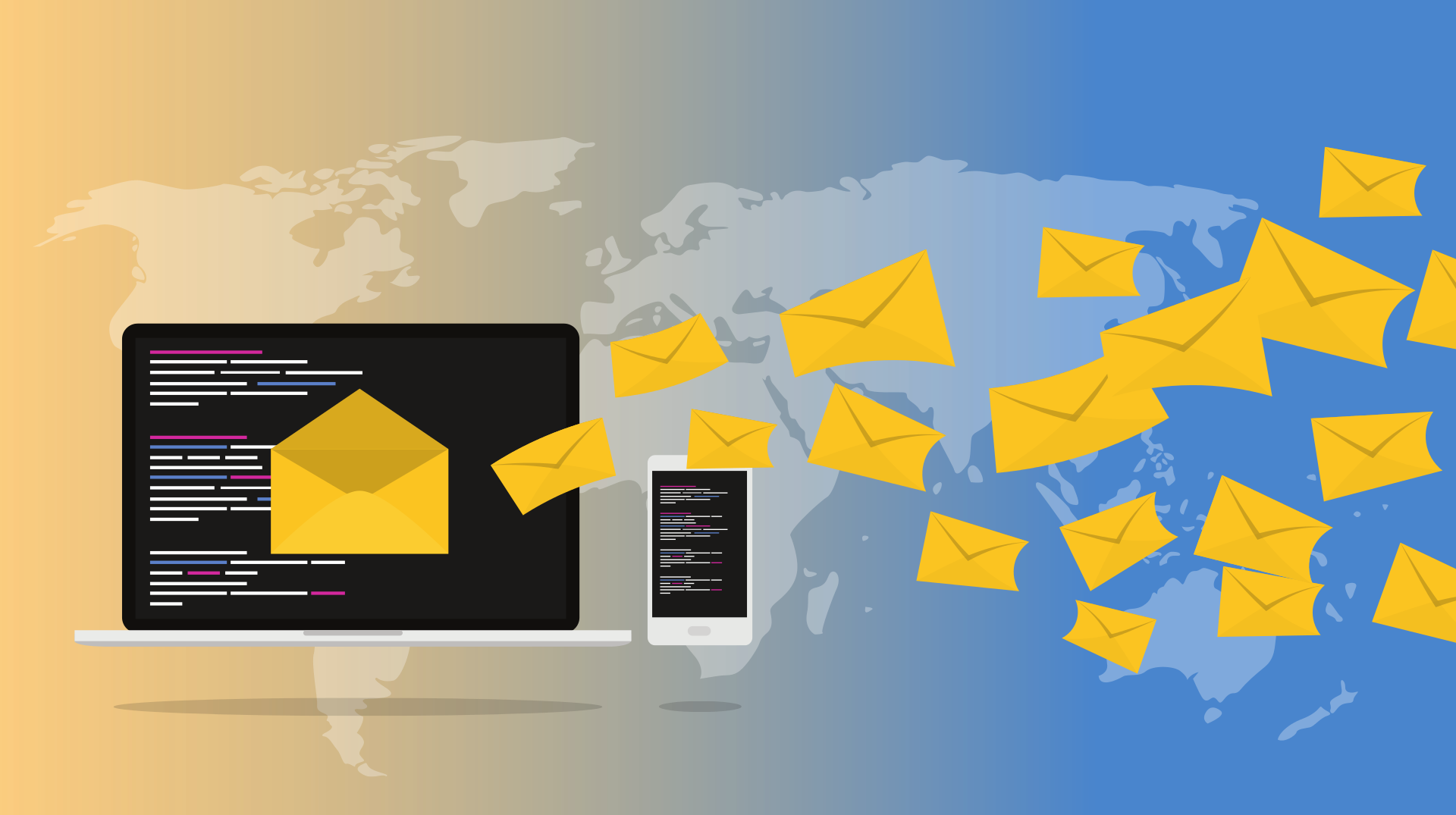
How Does Email Work? The Technology Explained
Whether you’re an office employee, a business owner, or a student, you will likely send and receive emails. In the United States, Americans spend five hours daily sending and answering emails.
To break this down even further, people spend three hours on work-related emails. As for the remaining two hours, they spend it on personal emails. The total is roughly a fifth of the 24 hours we have in a day.
With all the email benefits and email facts out there, did you ever stop and ask, “how does email work?” You may know how to craft and send emails like making a cup of coffee, but do you know how the technology behind it works?
Continue reading below as we break down how an email works.
Contents
How Does Email Work? The Key Elements
To better understand the process, you need to know the key elements that play crucial roles behind it.
First, there is the mail server. This is a computer application that receives all incoming emails. The emails may come from local users or people who use the same domain as yours or from remote senders.
The email server is like your physical mailbox. This is where you can send and retrieve mails from the post office. Furthermore, you can divide the email servers into two types:
- Simple Mail Transfer Protocol (SMTP)
- Mail Transfer Agent (MTA)
The SMTP is the one that sends the emails over the internet. It also contains information about the email’s transmission details. Interestingly, the SMTP only concerns outgoing emails.
On the flip side, the MTA is a server program. It uses SMTP to send emails. We can also further break down MTA into two types: a web-based MTA and a client-based MTA.
To access a web-based MTA, you need to go through a web browser. The most popular example is Gmail. The great thing about the MTA is that you can access it using any computer or mobile device.
In case you want to use Gmail in your marketing strategy, it is best to conduct email testing first. As for the client-based MTA, it needs the installation of certain software to access the email. In this case, the best example is Outlook by Microsoft.
IMAP for Receiving Emails
Now, let us tackle the elements that deal with the receiving of the emails. The Internet Mail Protocol or IMAP is the protocol responsible for receiving emails. Hence, it is the part of the email server that downloads your incoming mail into the server.
However, the IMAP will not download your emails to your user mailbox. It also does not delete the emails from the server. Instead, it keeps the emails present on the server.
In the previous years, the post office protocol or POP3 is the one that does these features. Recently, the IMAP supplanted it because of the latter’s additional features. For example, the IMAP lets multiple users manage the same mailbox.
In turn, this allows you to open your emails through different devices. The IMAP allows you to open emails using your desktop, laptop, tablet, or smartphone.
Moreover, the IMAP organizes your email to ensure that you get the same format. This means you get the same format regardless of the device you use to open your messages.
There are other terms you also need to understand. The email client is the application you use to view, compose, and send emails. Outlook is an example of this.
Meanwhile, the email address is your unique online site. It comes with a domain name that can be personal or shared by an organization.
From Sender to Receiver: Mixing All the Elements
Now that we know the key elements behind email technology, let us now move on to the process of sending emails. After composing your email, you will type the person or company’s email address. Then, send the message to confirm that they can receive it.
From there, the email will first go through the SMTP. It is the SMTP’s job to transport your email to the sender.
However, it will first check the postage address. This is where it has to determine where it should deliver your email.
The problem with SMTP is that it doesn’t know how to read a domain name. This is where the IP address enters the picture. The SMTP locates the IP address of the receiver by contacting the DNS server.
The DNS is like the internet’s big phone book. From there, the SMTP translates the email address. It does so until it gets all the necessary information about the receiver.
The MTA then completes the process by deciding where to put your email specifically. This will depend on the recipient if he uses a client that works through an IMAP protocol or a POP.
Email Security
Lastly, let us discuss the safety of your emails. In 2019, cybersecurity experts recorded nearly 10 billion malware attacks. Most of these cyber-attacks use emails as vehicles to penetrate computer systems.
Hence, the question: are your emails safe and secure? By default, email protocols don’t come with security features.
Servers automatically take emails from senders and bring them to another server. This helps for routing toward receivers.
Thankfully, certain security measures provide a line of defense against potential attacks. One of them is through encryption. This measure keeps unauthorized people from reading your messages.
Another is through transport layer security or TLS. This is a cryptographic protocol that protects your email during transmission.
In turn, it keeps your message safe from attempts of alterations. Nothing can get through during transit from one MTA to another.
Learn About Other Communication Technologies
How does email work? Now that you have the answer, it’s time to appreciate this technological creation. However, you shouldn’t stop at these facts about email.
Expand your knowledge on various technologies for communication. Check out our other blog posts on tech, computers, and other gadgets.


Comments are closed.